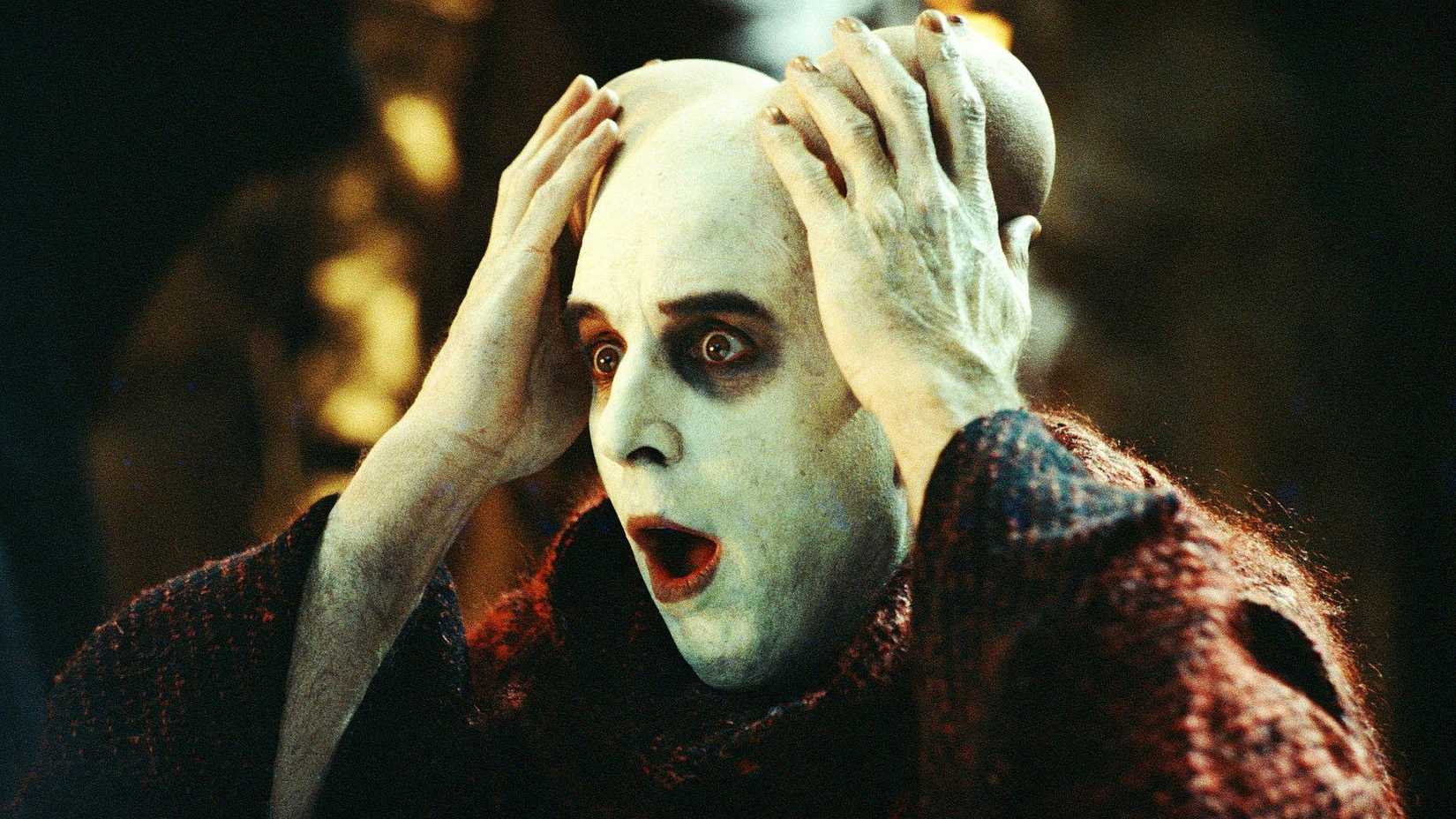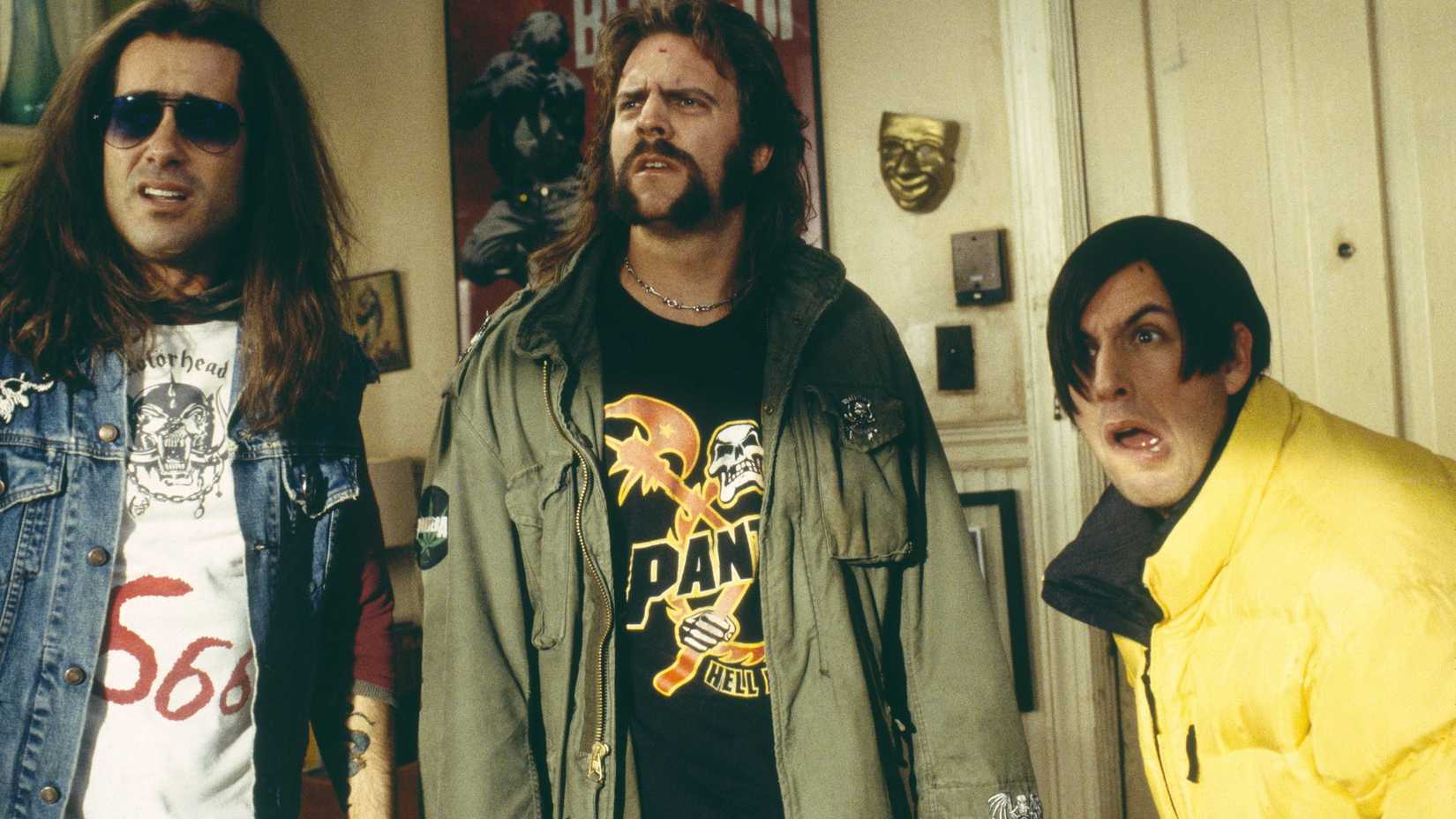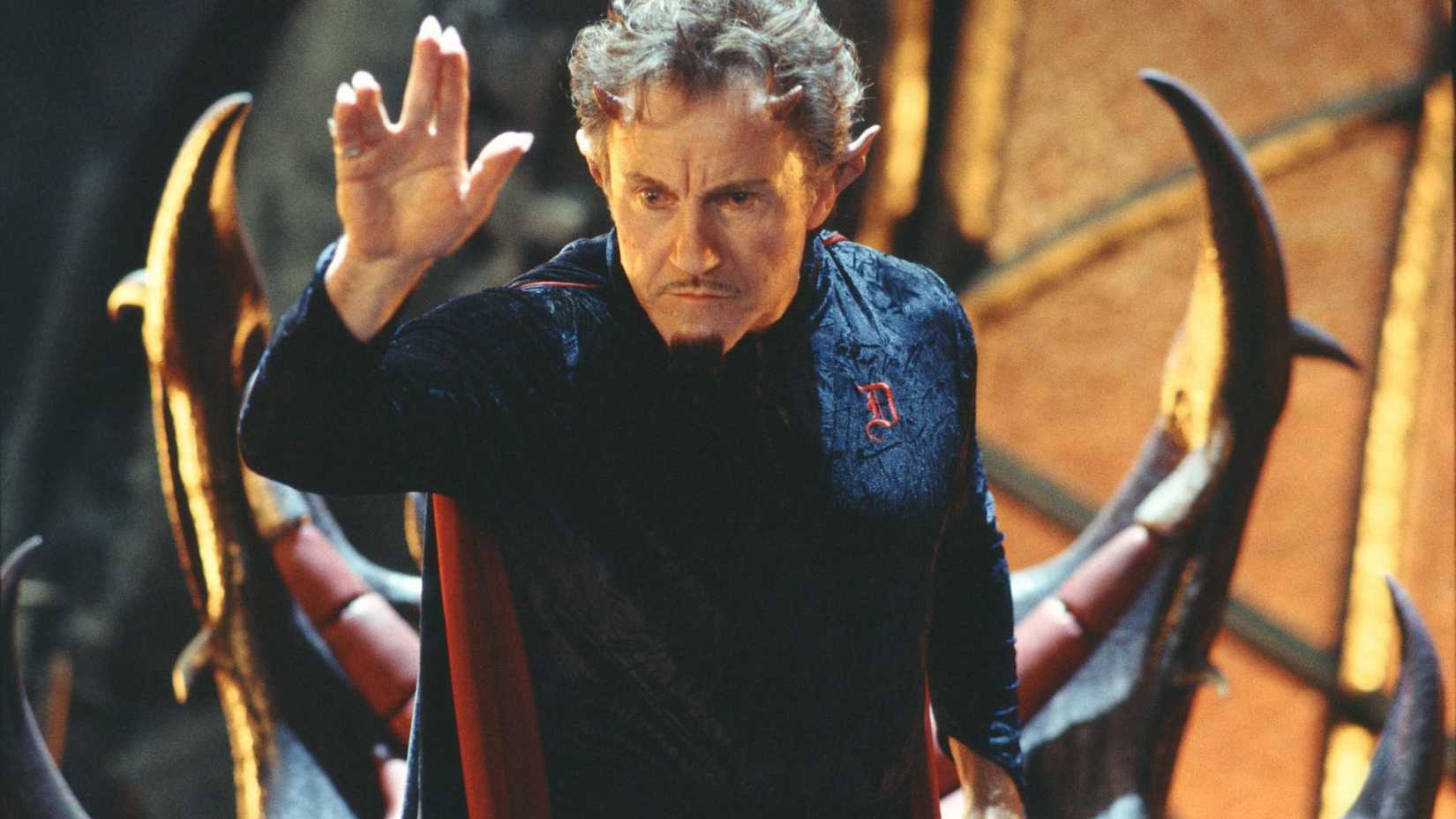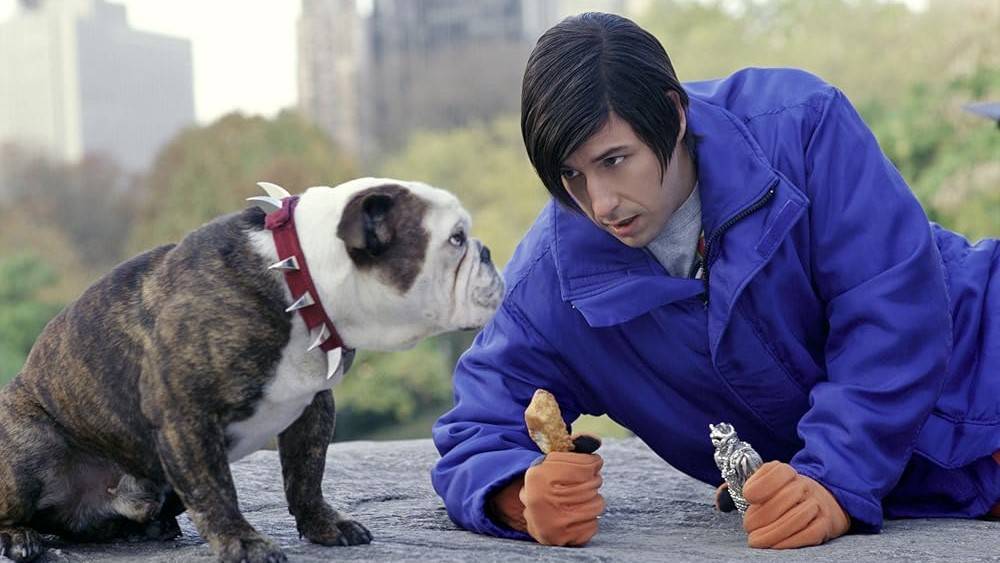A controversial take I often floor people with is that I dislike the early career comedies of Jim Carey and Adam Sandler. Nothing grinds my gears more about the early ’90s than unrealistic, idiotic, screwball characters in movies like Ace Ventura, Billy Madison, Dumb and Dumber, and Happy Gilmore. But somewhere during the mid-to-late ‘90s, both comedians mellowed and went on to make films I regard as their best: The Cable Guy, The Truman Show, The Wedding Singer, Big Daddy, and more. And during this “earnest guy” era of Sandler, wedged in between Big Daddy and Mr. Deeds (both mega hits at the box office) is the underrated flop known as Little Nicky.
Directed by Steven Brill, Little Nicky grossed $58 million at the box office on an $80-85 million budget when it landed with a thud on Nov. 10, 2000. Despite Sandler hitting the trifecta of starring, producing, and writing (a winning formula up to this point), the film has a 21% critics score on Rotten Tomatoes and 55% from fans — not even the general public finds Little Nicky redeemable, even retrospectively (except perhaps for its excellent Game Boy Color tie-in game). But as the red-headed stepson in Sandler’s streak of hits celebrates its 25th anniversary, it’s time for a reappraisal of this movie, which is better than you remember, if only thanks to its excellent, eclectic cast.
Little Nicky follows the bumbling son of the antichrist, Nicky (Sandler), who must travel from Hell to New York City to stop his two evil brothers from wreaking havoc on Earth. Along the way, Nicky navigates human life, confronts his insecurities, and discovers his own strengths, despite being clumsy, kind-hearted, and hilariously out of his depth. He also befriends a few oddballs (Peter Dante, Allen Covert, and Jonathan Loughran) and even meets a quirky love interest in Patricia Arquette.
Right from the start, Little Nicky dates itself as a product of its time, with its crude Peeping Tom opening, featuring a cameo by Jon Lovitz as the perv. We then meet our protagonist, who talks with a Sandler-esque speech impediment and doesn’t seem to have all his mental capacities (apparently due to his brother regularly beating him with a shovel). Then the Devil (Harvey Keitel) curses one of his henchmen to have a pair of breasts on his head in place of his horns. It’s a lot, and if this already isn’t your brand of humor, this would be your cue to skip the film altogether. However, if you’re still hanging in there, the hilarious cast really helps bolster the film beyond Sandler’s usual buffoonery.

Photo: Myles Aronowitz/New Line Cinema
Rhys Ifans and Tommy “Tiny” Lister play Nicky’s brothers — Lister’s inclusion as the lone Black member of an otherwise white family is never addressed. Ifans, meanwhile, steals the show as a flamboyant, high-fashion villain, delivering every line with over-the-top flair and a questionable British accent (despite being Welsh). In a 2000 interview with student-newspaper The Tufts Daily, Ifans joked that he chose the accent “because there’s a lot of Englishmen in Hell.” John Witherspoon (Friday, The Boondocks) also has a small part in the film. He and Lister are two of my soft spots, who help elevate any movie they’re in with their presence.
Keitel, as the antichrist and current ruler of hell, is channeling all the charisma in the world to play the role. He turns out to be the only person constantly in Nicky’s corner, and his subversion as a great dad always stuck with me. (Especially since I was first introduced to the actor as a father in From Dusk Till Dawn.) But who could ever hate Keitel, anyway? As per usual with Sandler, many of the smaller roles in Little Nicky are played by friends from his days on Saturday Night Live, including Kevin Nealon, Rob Schneider, and Dana Carvey. Nicky’s grandfather, a retired Lucifer, is even played by Rodney Dangerfield (he still gets no respect).

Photo: Myles Aronowitz/New Line Cinema
The cast dynamic reflects a hallmark of Sandler’s films. He tends to work with his friends, and that genuine camaraderie always shines through on screen. Despite some of the crass jokes, it’s the buddy dynamic and how everyone bounces off each other that makes this film so enjoyable. Ifans and Lister are terrific as older brothers who bully Nicky, and they work great as a trio, too, despite the actors not being part of Sandler’s usual troupe. When all of Nicky’s new friends finally meet and just get to hang out, Little Nicky opens up and reveals its heart. Some of the best comedies ever come down to friends riffing together in a room; it’s how we’ve gotten genre classics from the likes of the Apatow crew and the Frat Pack before them. It’s also a formula some theatrical comedies have forgotten as of late, which is why it feels so refreshing here in Little Nicky.
Sandler’s favorite scene in the film even involves one of its many cameos. “That makes me laugh the hardest… out of everything in the movie… every time I see Henry [Winkler]… I see the fucking bees cover him and I hear him scream, ‘Aaaahhhhh!’ and I laugh,” he told The Tufts Daily.

Photo: Myles Aronowitz/New Line Cinema
Little Nicky can feel uneven in the way it straddles two eras of Adam Sandler’s career: his early, off-the-wall comedies and his later, more heartfelt phase. Nicky himself is an endearing character you can’t help but root for, but much of the humor still echoes the absurdity of Billy Madison. The supernatural setup invites plenty of goofy scenarios, and the filmmakers often fall back on familiar gags. Little Nicky might’ve been stronger had it fully committed to one tone instead of trying to split the difference. Still, its saving grace is the cast, a lively mix of friends and cameos whose genuine chemistry delivers the film’s most enjoyable moments.

